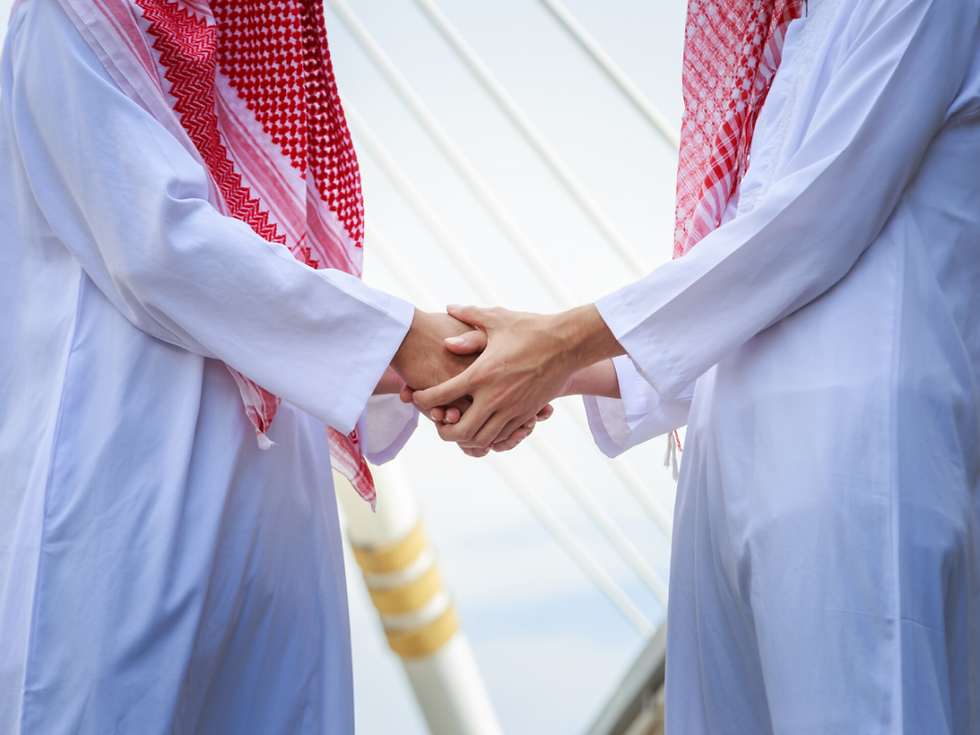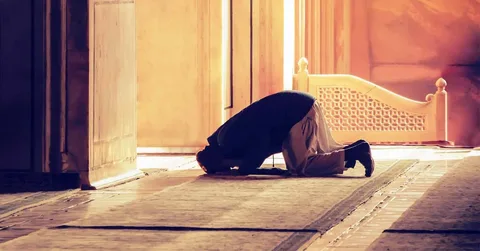Other Parts of a Mosque
- buttharis19999
- Jun 16
- 3 min read
A mosque, also commonly referred to as a masjid in the Arabic language, is so much more than a place of worship but a core focal point of life in the religion in terms of spiritual, educational and social life. The prayer hall and the mihrab may be the most well-known features in a mosque, but there are plenty of other significant components that make the logo play its role and preserve its sanctity. These are not only parts that can fulfill the practical functions of worshippers but also parts that can show the beauty and values of the Islamic architecture and way of living in a community.
The ablution area is one of the key components of any mosque where believers complete the wudu ceremony or the performance of ritual purification that they must do before they can pray. The large portion of Islamic practice involves cleanliness and this section generally consisted of several water taps and seats enabling more than one person to ablution at the same time. Here the design can be different but the intended aim is always to make it easy and comfortable during preparation to worship. In bigger mosques ablution place is usually divided between men and women and the place is kept modest and stable.
The other significant feature that is common in most mosques is the Women prayer section. The central prayer hall is usually universally accessible to all; however, gender separation is practiced during the public prayers to enhance concentration and decency. The women section may be on a different floor, a partition or a specific space inside the main hall. These areas are well planned to make women feel equally welcome to enjoy the services in the mosque and the spiritual tone is entailed in it.
Besides these, libraries and classrooms are commonly available in the mosques particularly those that are urban or those that are located in academics. These centers are applied in teaching Quran reciting, Islamic laws, and other general religious teachings. Students and Scholars come here in order to study and have discussions and to learn more about Islamic knowledge. These educational areas in the mosque reinforce the importance of the mosque as the land of constant education and that of moral growth.
Another important architectural component abundant and available in most traditional mosques is the courtyard or sahn, which, located in warmer regions, is significant. The courtyard is usually the middle or entrance part of the mosque, which is peaceful in nature and used in the reflection, gatherings, and overflow prayer during a big congregation such as on Jumuah or Eid. Certain courtyards are decorated with gardens and fountains, that allude to purity and interrelation of spirituality and nature. These spaces deport the outside world to the divine interior with a calming effect.
The vast majority of the mosques contain a minaret, the high tower in which the adhan (call to prayer) was traditionally called. Although loudspeakers are widely used in modern times, the minaret remains a visible point of reference, as well as indication of Islamic presence. Minarets stand at different heights and designs depending on different cultures but, the jubilant factor is that all share similarity by resounding the purpose of the mosque in directing believers to prayer five times a day.
Lastly, most mosques do have a community hall or multipurpose room, where events, lectures and interfaith discussions, as well as social activities can be conducted. Such spaces enhance the communal nature of the mosque, which enables the latter to become a source of support and unity as well as a place of spiritual gathering. These rooms are used to organize events such as weddings or charity drives and this makes the mosques fit into the vision of the Prophet Muhammad on what referred to the mosque as the heart of the Muslim community, which is a space that replenishes all parts of life.



Kommentare